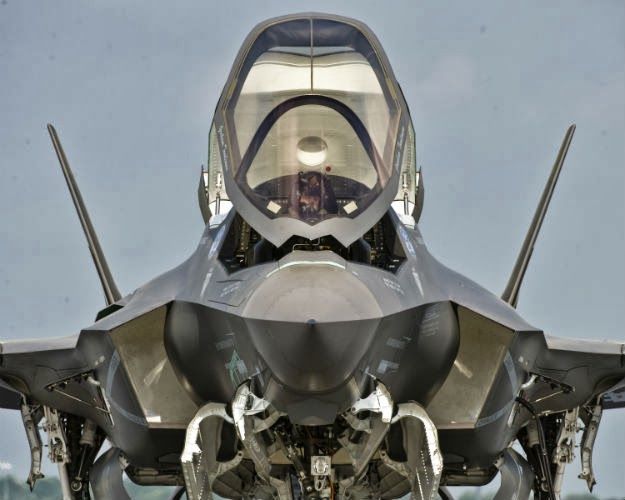Concurrency’s Costs: An F-35 Example
Posted on

WASHINGTON: Everyone now knows Lockheed Martin and the Pentagon placed far too much faith in the benefits of concurrency — that is, building production model aircraft while finishing ground and flight testing. But we’ve had relatively few data points to illustrate the issue. Thanks to a Request for Proposals issued Dec. 16, however, we now know that:
“The F-35 Joint Program Office intends to issue multiple contract modifications to the Low Rate Initial Production (LRIP) Lot 2 contract” to Lockheed “for retrofit modifications” the six F-35As and six F-35Bs bought in Lot 2. “These potential actions will provide for a variety of improvements to the F-35 fleet, focusing on previously documented modifications related to the maintainability of the aircraft systems. These modifications are required to extend the service life of the aircraft.”
The work should be done next year. The Lot 2 contracts were awarded beginning in May 2008. For those who may not know, the Fort Worth assembly line is already working on Lot 7 aircraft, as I saw during our tour of the assembly line last week. Issues that have shown up in testing so far have been addressed in the current batch — the 100th JSF just rolled off the production line earlier this week — but the government must go back and retrofit the Lot 2 planes to fix problems that only showed up after they were built. This is part of the very impressive $496.2 million that will pay for cost overruns on Lots1 to 3.
So, while the F-35 program is certainly in much better nick than it was two years ago when most of the new costs — mostly related to concurrency — were unveiled, this little data point demonstrates quite clearly why Adm. David Venlet told us two years ago in his exclusive interview that relying so heavily on concurrency was “a miscalculation.”
“Fundamentally, that was a miscalculation,” Venlet said at the time. “You’d like to take the keys to your shiny new jet and give it to the fleet with all the capability and all the service life they want. What we’re doing is, we’re taking the keys to the shiny new jet, giving it to the fleet and saying, ‘Give me that jet back in the first year. I’ve got to go take it up to this depot for a couple of months and tear into it and put in some structural mods, because if I don’t, we’re not going to be able to fly it more than a couple, three, four, five years.’ That’s what concurrency is doing to us.”
And it’s still doing it to us.
Subscribe to our newsletter
Promotions, new products and sales. Directly to your inbox.
